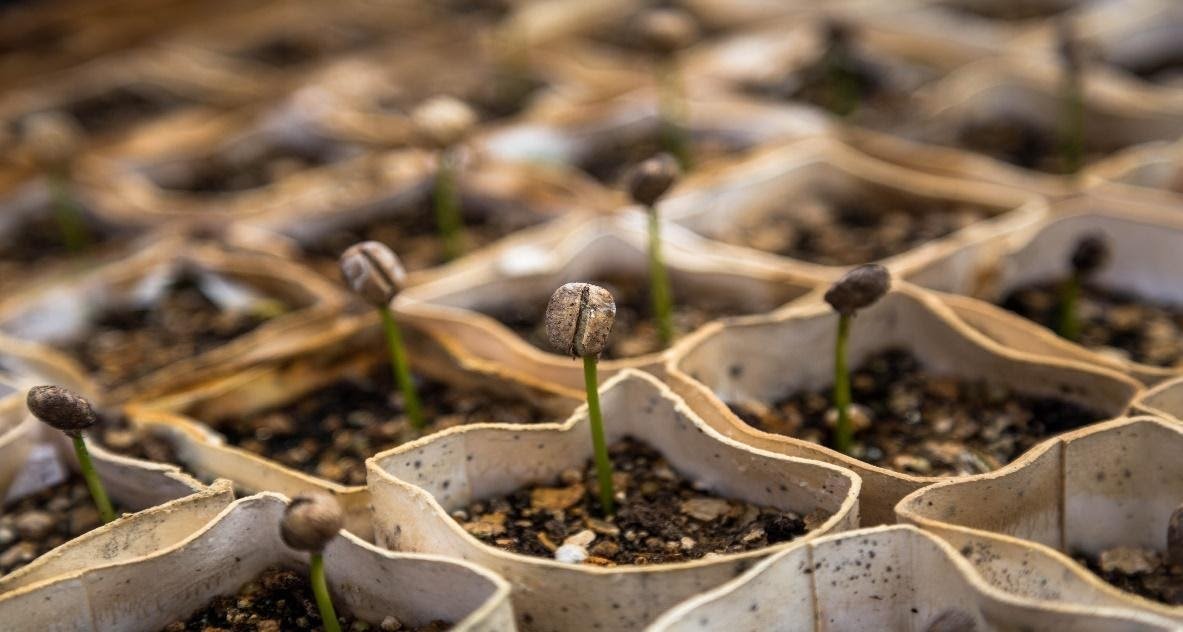
Top 5 Benefits of Fabric Planters
Fabric planters are one of the latest trends in today’s home gardening practices. While they may only seem like a style, fabric pots are genuinely beneficial to your garden and the entire environment than the traditional plastic and clay containers. Therefore, if you are passionate about getting the best results in a less optimal space, fabric pots make a great option to pursue. Their versatility guarantees you a more economical way to establish a healthy-looking garden in your backyard. Below are a few benefits of ditching traditional pots and moving to fabric planters.
-
Fabric Planters Support Air Pruning
Plants need the proper air exposure in the absence of high humidity. This allows the roots to develop and produce healthier roots. Air pruning occurs through this process when all the fragile root systems are exposed to sufficient aeration. The constant exposure to natural air is helpful to the plants and will aid in the absorption of more nutrients from the soil, accelerating plant growth.
This is only possible if the plant container has the proper airflow that prohibits air circling. When placed in fabric planters, the plant enjoys excellent air pruning, allowing the root systems to gain many feeder roots. The resulting compact network of lateral roots is helpful in the extraction of moisture and nutrients to the plants. In the end, the plant maintains healthy growth up to its maturity.
-
Excellent Option for Good Drainage
Excellent drainage is essential to every plant’s growth. For instance, plants such as vegetables require free-flowing water to prevent rotting from inside. Besides, lack of water drainage also acts as a safe harbor for mold, diseases, and other pest invasions. Farmers that rely on plastic and clay planting containers are usually the biggest victims of poor drainage. These planters aren’t impermeable enough to control any moisture buildup at the bottom.
Unlike plastic and clay containers, fabric planters can’t be easily overwatered. Their lightweight material is usually permeable to allow drainage of excess water from the bottom. This leaves enough growing medium with sufficient water as the fabric’s porosity can’t retain excess moisture. The material is also excellent at keeping the soil perfectly moist, preventing it from being washed away by the excess free-flowing water.

-
They Provide Perfect Soil and Root Oxygenation
Aeration contributes to an excellent root structure significantly when growing plants with weak roots. Good aeration keeps the temperature of the soil low, which in turn improves the sweat of the root system. The properly aerated plants will also benefit from the increasing microbes that play a pivotal role in ensuring the roots grow more resilient to harsh conditions.
Fabric planters promote all the necessary aeration, thanks to their porous nature. Unlike in clay or plastic pots, where air circulation only occurs at the surface, fabric planters promote excellent airflow all through the pot. The material ensures the plant roots contact the soil directly, leading to maximum oxygen absorption. The result is a robust and healthy root system that will lead to bigger yields.
-
They Prevent the Plant From Excess Heat Strain.
Among other environmental challenges, container gardens are often prone to facing extreme heat stress. Using clay and plastic pots makes the heat stress condition an even more significant challenge due to their heat retention qualities. Their vulnerability to heat buildup, especially in the extreme summer weather, exposes plants to wilting that they may never recover from. When this happens, you’ll have to contend with diminished yields in the gardens.
Fabric planters for gardening are resilient to heat, thanks to good airflow and excellent drainage. Their cooling effect, which heavily relies on good aeration, works the same way your body controls temperature. For instance, moisture-wicking reduces heat stress through an evaporation process. Water evaporation from the fabric surface carries the heat away from the root system to ensure perfectly oxygenated. Ideally, these planters keep the soil humid and cool, safeguarding the plant’s health and overall strength.

-
They are Highly Portable and Ecological
Most of the readily available fabric planter bags are resilient, moveable, and reusable. This quality makes them beneficial if you have a big home garden to move them around the yard when needed quickly. Similarly, these planters also have an inherent ability to adapt to climate changes. And unlike clay pots, fabric planters don’t crack under extreme heat.
Standard fabric planters available in the market today are also UV-protected. This means they won’t break even from prolonged exposure to heat. While they may be costly than the regular planter bags, you’ll get more value for your money given their high and dependable quality.

Bottom Line
Fabric planters are the answer to your home gardening needs. They promote excellent plant health, durability, and high yields. Using them will provide greater flexibility and allow for more prospects of creating beautiful gardens.
References
https://www2.ljworld.com/news/2015/mar/20/garden-variety-gardening-fabric-containers/
https://smartpots.com/4-proven-advantages-fabric-pots-roots/
https://smartpots.com/key-selling-points-smart-pots-best-pots-plants/
